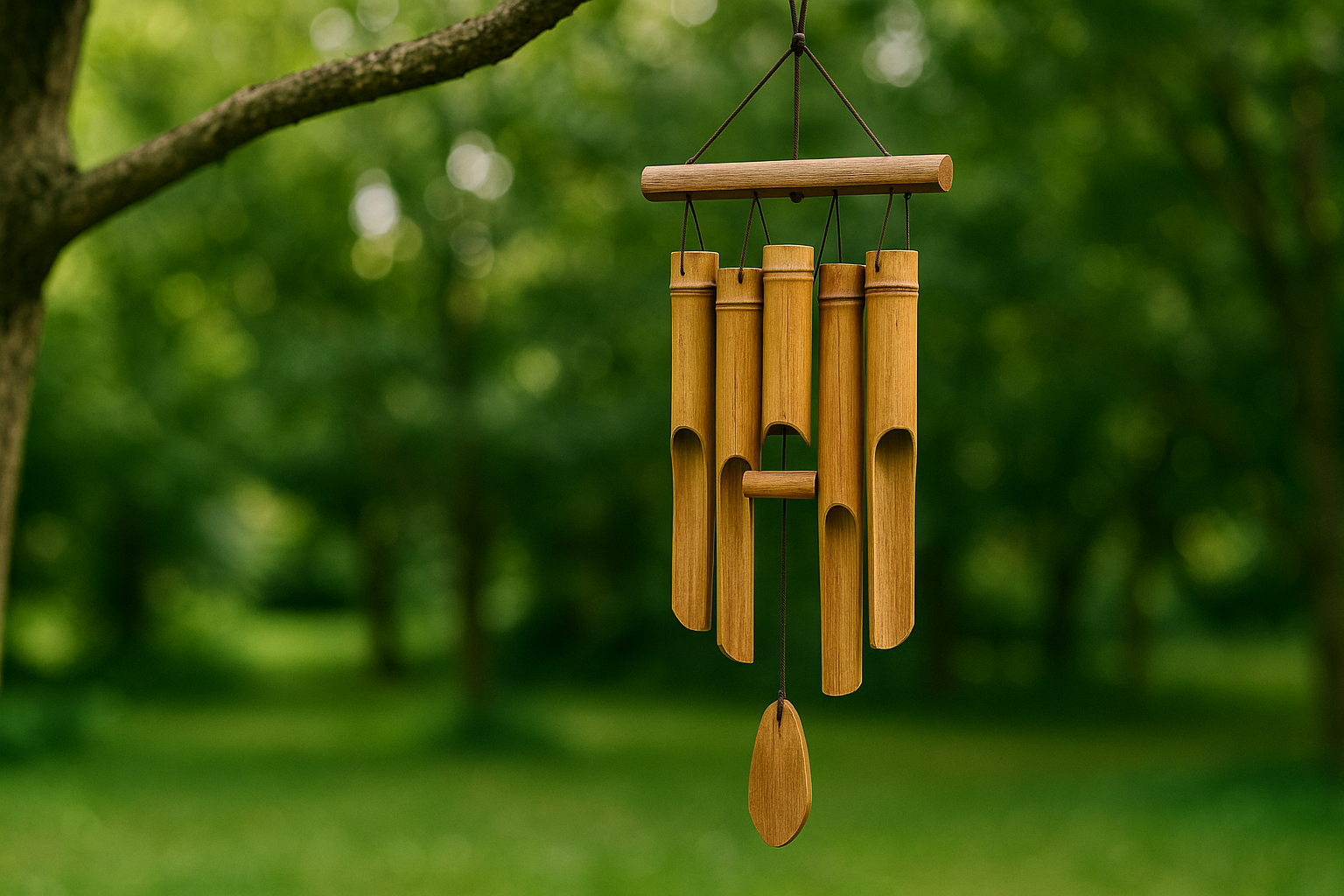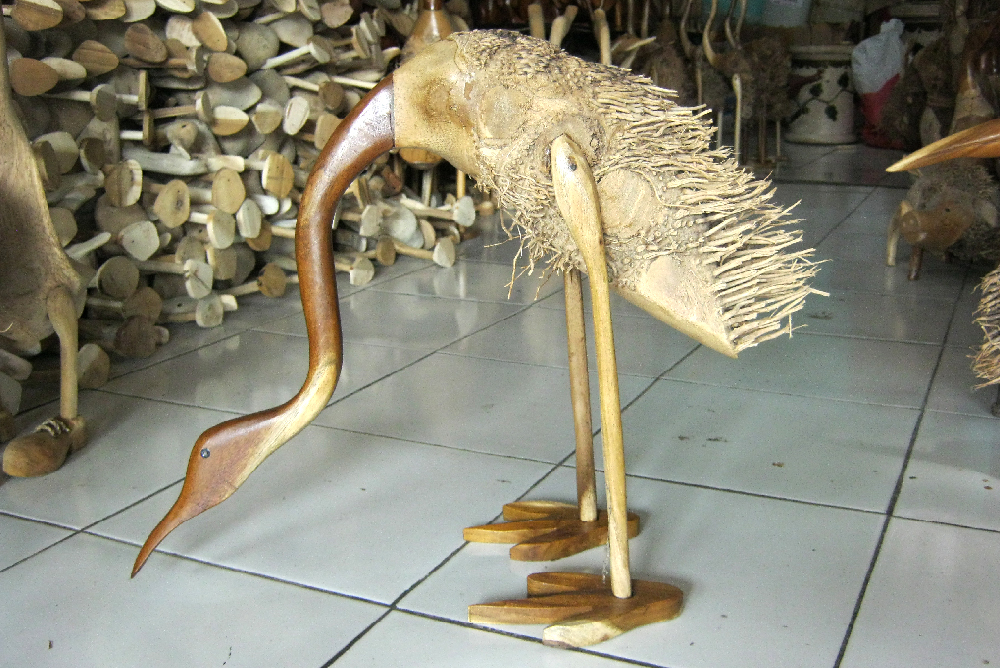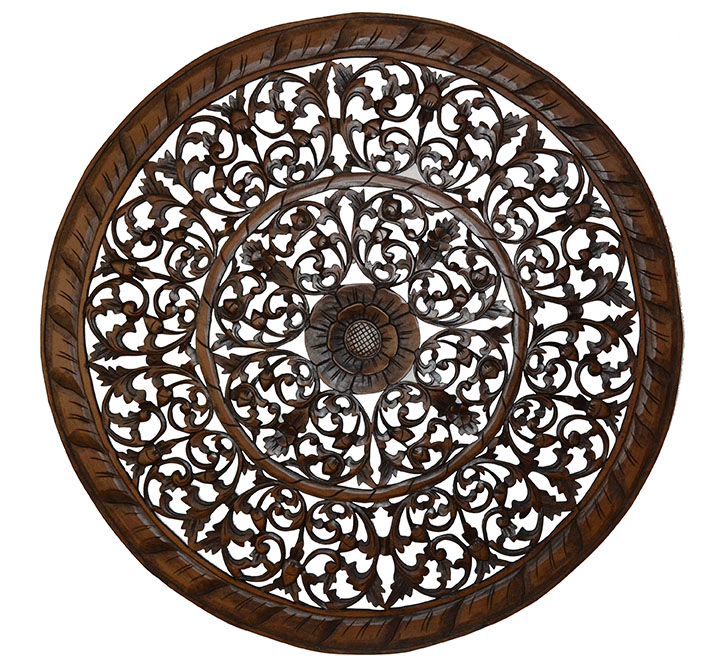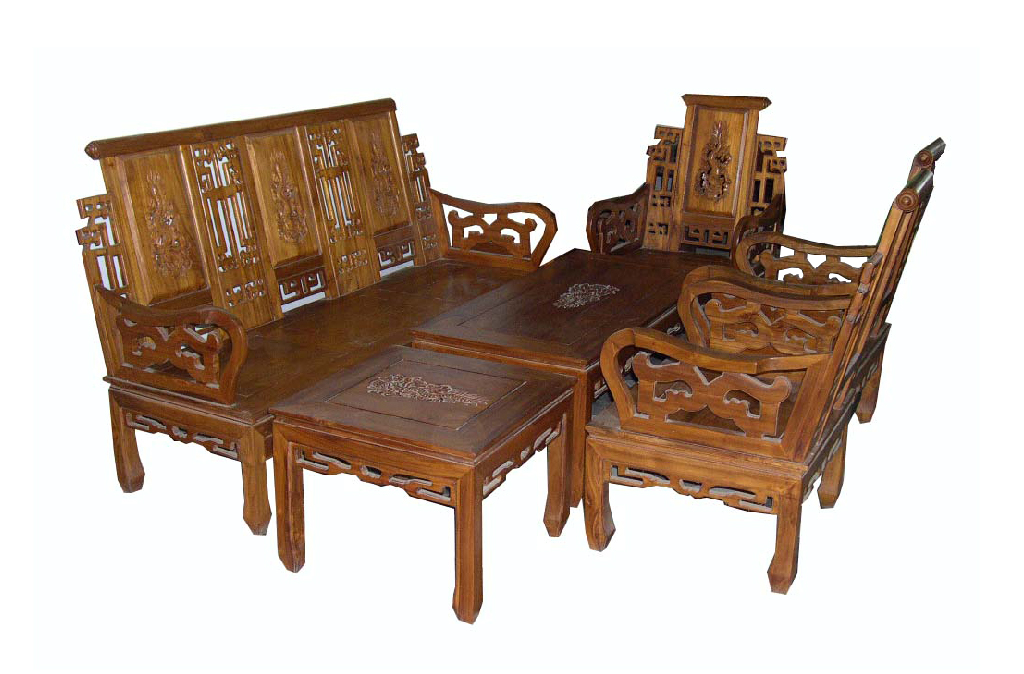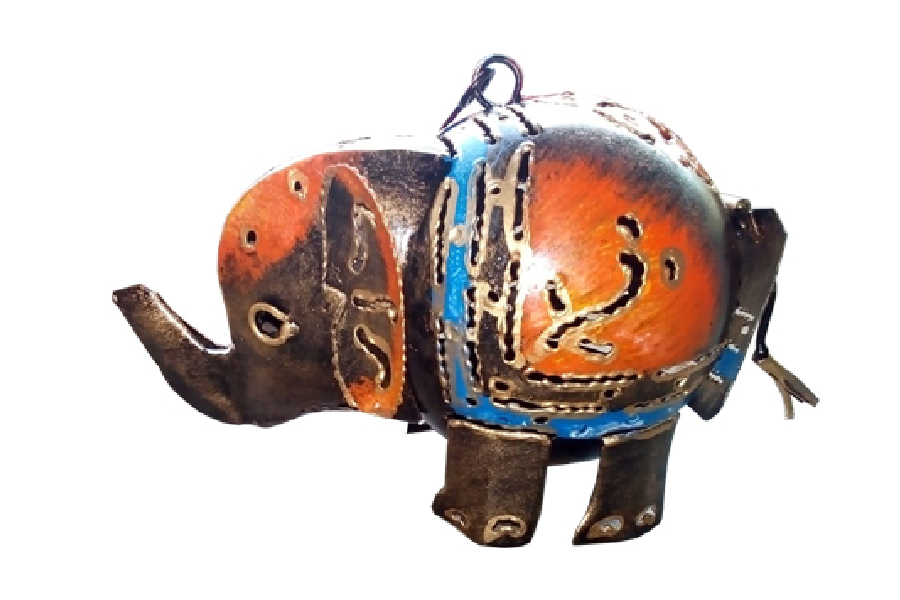What You Need To Know When Buying Wood Bowl?
You will have a functional artwork item for a long time, if you decide to buy the best quality wooden bowls. An eternal gift, The wooden bowls will remind the meals times with family, friends gatherings and other fun times. Here are some tips and guidelines in buying a wooden bowl that is suitable for your needs.
What size wooden bowl do I need?
The smallest diameter of wooden bowls available in the market is 18 cm which is usually used for individual serving bowls and its better than larger wooden bowls, such as 35 cm diameter bowls. For those who prefer salad as their main dish, the 25 cm diameter wooden bowl will be perfect which is similar with a meal served in a restaurant. The 30 cm diameter bowls are perfect for serving daily family dinners which is enough to serve 3-4 people. The wooden bowl with diameter 35 cm is perfect for fruit bowl, decorating the center of the dining table or as a spare salad bowl to serve 6-8 people. For serving salad that serve 10-12 peoples, a 40 cm diameter wooden bowl is perfect. But bowls of this size are quite rare on the market.
How can I tell my wooden bowls quality?
This is a very common question. Handmade wooden bowls come in a variety of qualities and not all of them are in the highest quality. The highest quality bowls are offered at higher prices. Many kitchen appliances stores sell lower-quality bowls at more affordable prices. But usually lower quality bowls have the common wood problems such as cracks and wood knots. If you want a wooden bowl that lasts and durable, buy the best quality.
How are those bowls handcrafted?
The highest quality wooden bowls that available in the market are handcrafted by skilled craftsmen using premium hardwoods as raw materials. Firstly, the large logs are cut into smaller pieces and then their sizes and shapes adjusted so they can be processed on large lathes. The subsequent cutting process is on the large lathe to produce the desired bowl sizes from 20 cm to 40 cm. In order to avoid wasted material, cutting is carefully planned so that most of the large log can become good quality bowls. Smaller lathes are specialized for producing smaller bowls. Once formed, all bowls are placed on the rack for about 30 days to reduce their moisture content. Then all surfaces are hand sanded to get smooth surface. Quality checks are carried out carefully and then polished with natural food-grade ingredients made from natural oils and beeswax. This process will enhance the natural luster of the wood’s natural color. Once the bowls surface are dry, they are ready for your kitchen.
Are any stains or chemicals involved?
Our bowls are naturally beautiful and free of wood stains and chemicals. Their warm glow comes from the quality of their cut, wood species, sanding, and treatment with wood preserver.
How do I care for my bowl and do I need any special handling before first use?
Because your bowl has already been treated with our food-safe wood preserver you can use it right out of the box. Simply hand wash in warm water using a small amount of mild soap and a non-abrasive cloth. Hand dry.
How can I keep my wood bowl looking beautiful for years?
Avoid water standing in the bowl or even immersing it in water, as the wood material will break easily if it is submerged for a long time. Always wash by hand, do not use the dishwasher. Never put them in the oven or microwave. Don’t dry them under direct sunlight. Perform re-polishing with food-grade polish ingredients. To prevent damage, cracks, stains or warping, all wooden items must be polished to avoid dry surfaces. Provide polishing material in your home to treat all wooden kitchen utensils, maybe once every two months or if you find their surfaces dry. See the instruction manual and usually natural polisher products have an expiration date. Vegetable oil can also make wood utensils shiny, but never use it. Vegetable oil can make wood surfaces rancid and sticky and become breeding ground for bacteria.
Will my bowl darken with age?
Yes, most types of wood will darken over time. But if properly cared, they will become even more exotic and attractive.
Different Wood Species
Wood is known as a craft material because of its natural beauty and each type has unique characteristics and variations in grain patterns, colors and textures. Hardwood is a tree that has broad leaves and bears fruit. Popular hardwoods in North America include cherry, maple, oak, honey locust, black walnut, birch, and ash. The well known hard wood in Asia is Teak wood, each type can be used as a durable and long-lasting material for kitchen appliances, furniture, flooring, roof and others. Softwoods, or conifers, including cedar, spruce, pine, redwood, and spruce, are mainly used as structural wood and crates.
Which hardwood that suitable for bowl?
Most of the bowls and kitchen utensils we produce are made of hardwood and for sure they are strong and last for years. If you want a wooden bowl from the hardest material, choose teak or suar wood (local Indonesian wood). We use this wood for our bowls and kitchen utensils because they can withstand in any weather. Here is a list of the most popular woods available on the market:
Cherry: The most popular wood choice for bowls, cherries are known for their beautiful color. It belongs to the rose wood family and like all fruit trees. Much sought after by antique bowl collectors and widely used by American colonists. Cherries are widely grown in the Eastern US. The core varies from red to reddish brown and darkens with age. It features smooth, straight grain and a satiny smooth texture. Probably naturally contain brown spots
Hard (Sugar) Maple: Generally tapped for sap that produces maple syrup, such as cherry, sugar maple is best suited for growing in cold climates such as in the US East. Extremely durable and strong, maple is a great choice for cutting boards and other kitchen utensils. The sapwood is creamy white with a reddish brown tinge with a light to dark reddish brown core. Usually these wooden utensils appear lighter in color than cherry wood kitchen utensils. The grain is smooth and generally straight, but sometimes it is wavy too.
Black Walnut: Black walnuts are highly valued for their dark, straight-grained core. This wood is strong and heavy but easy to split and process. Along with other woods, black walnut is one of the most durable hardwoods in the US. Walnut wood has historically been used for various utensils such as furniture, flooring, paddles, kitchen utensils, and various other wood products. The black walnut tree can reach a height of 45 meters and grows mainly in the Eastern US.
Honey Locust: Honey Locust is a high quality and durable wood which is very suitable as a material for household appliances, but the number of trees is quite rare and not sufficient to supply industrial needs. However, the market for honey grasshopper furniture is quite large. It is suitable for use as posts and rails due to the rot-resistant and solid nature of the wood. In the past, the wood was used to make nails in shipbuilding and the hard thorns of the younger trees were used as nails.
Red Oak: An abundant tree that grows widely through the Eastern U.S. It features a warm reddish brown appearance with an interesting dashed grain. Red oaks have been used for everything from railroad ties, to barrels, furniture, and floors.
Teak wood : A first class wood because of its strength, durability and beauty. Technically, teak wood has strength class II and durability class I-II. This wood is very resistant to termite attacks.
Teak wood is light brown, gray brown to dark red brown. The sapwood, on the outside, is white and yellowish-grey.
Although its hard and strong, teak wood is easy to cut and work, so it is preferred for making furniture, kitchen appliances and carvings. Finely sanded wood has a smooth and greasy surface. The circular patterns of the years on the wood of the terrace are clearly visible, giving a beautiful picture.
With its refined texture and beautiful wood color, teak is classified as a luxury wood. Therefore, teak is widely processed into garden furniture, interior furniture, crafts, panels, wooden bowls, plates, spoon and classy stairs.
Check also: Bali Shopping – Take The Memories Home



